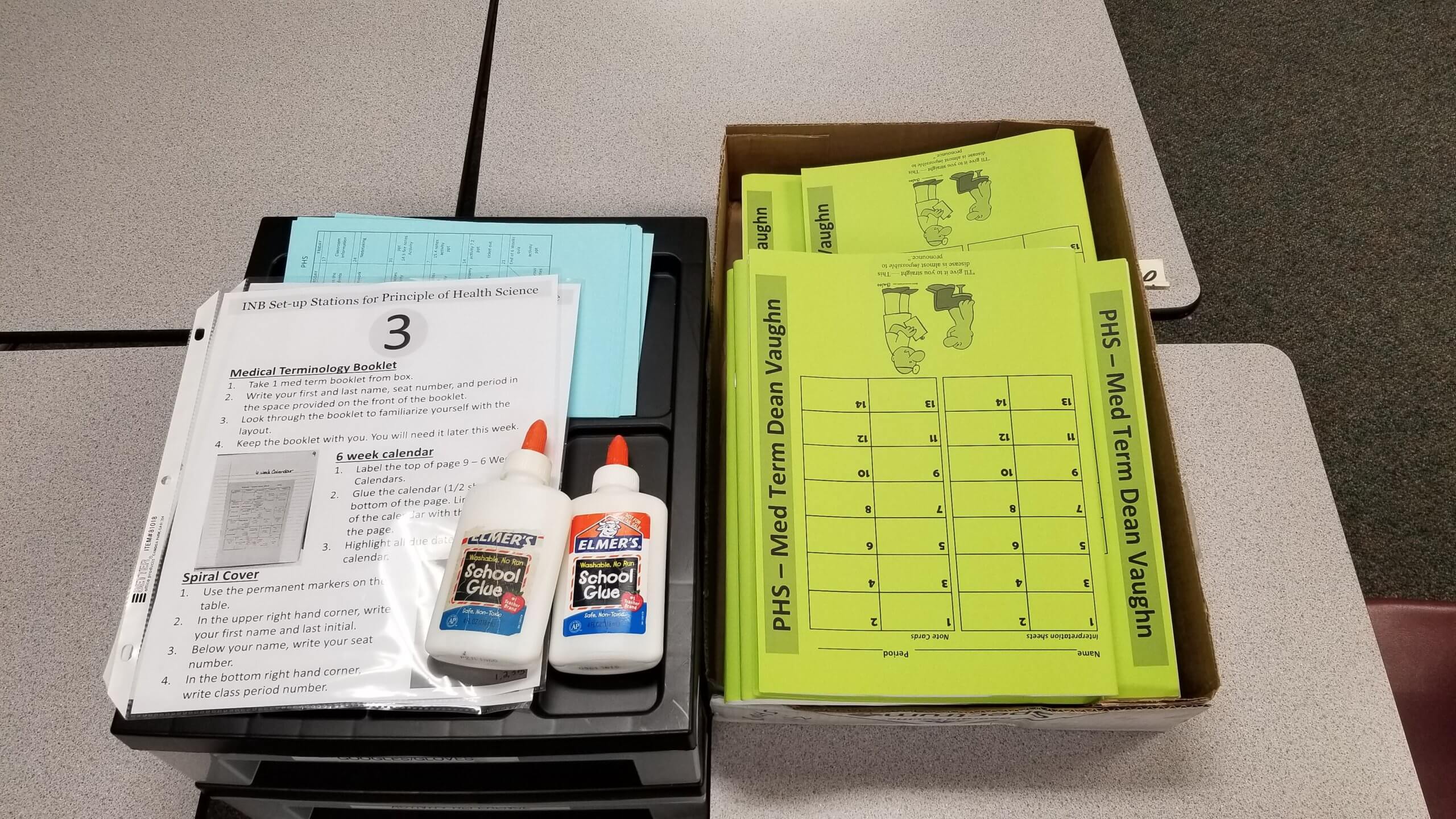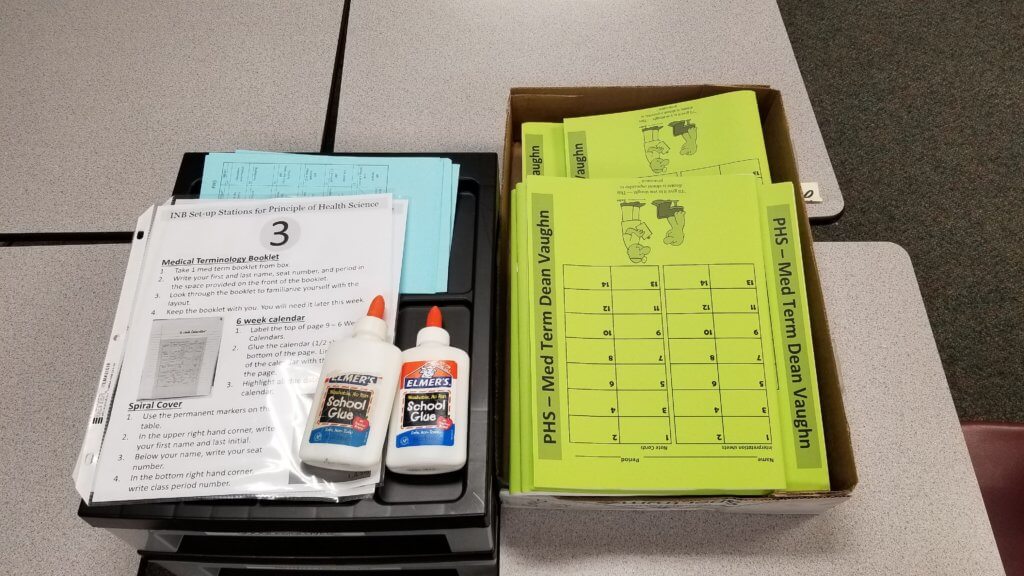
5 Reasons why Health Science Teachers should consider the use of stations
Using stations during health science classes can be a highly effective teaching strategy that offers numerous benefits for students and teachers. Stations, also known as learning centers or stations-based learning, involve dividing the classroom into different activity areas where students rotate through various tasks, often in small groups. Here are five reasons health science teachers should consider using stations during class. Examples are also included to understand better how stations can be utilized in health science classes.
Engagement and Active Learning
- Reason: Stations promote active participation and engagement, making learning more enjoyable and memorable for students.
- Example: Stations could involve analyzing different passages from a news, professional, or research article. Students can discuss or document medical terminology, create visual representations, and debate outcomes.
Differentiation and Personalization
- Reason: Stations allow teachers to tailor activities to students’ diverse learning styles and abilities, ensuring everyone gets the support they need.
- Example: Stations might include problem-solving tasks at various difficulty levels, interactive medical math problems, and hands-on, manipulative math activities.
Collaboration and Communication
- Reason: Stations encourage collaboration as students work together to complete tasks, fostering interpersonal and teamwork skills.
- Example: Stations could involve group experiments where students collaborate to gather data, analyze results, and present findings such as activities related to vital signs and nutrition.
Critical Thinking and Problem Solving
- Reason: Stations promote critical thinking by presenting students with diverse challenges and problems that require creative solutions.
- Example: Stations might include analyzing patient or medical documents, debating different diagnoses and outcomes, and designing algorithms for various outcomes.
Autonomy and Responsibility
- Reason: Stations empower students to manage their learning, make choices, and take responsibility for their progress.
- Example: Stations could involve practicing medical terminology using flashcards, speaking exercises, writing prompts, and interactive apps.
By incorporating stations into their teaching approach, health science teachers can create an engaging and interactive learning environment that caters to students’ needs and promotes a deeper understanding of the subject matter.
I have had success using stations during all levels of health science classes. All class set up their interactive notebook or binder by rotating through timed stations where they receive detailed directions and pictures of examples. Using stations, a notebook setup that usually took two full class periods, if not more, now takes one class period. Each station requires the students to read the directions, complete one or more tasks, pick up one or more handouts, and receive one homework task. I no longer stand at the front of the room, showing a slide presentation and giving directions while waiting for all the students to complete the given direction. Stations free me up to walk around the room and help students at the challenging stations.
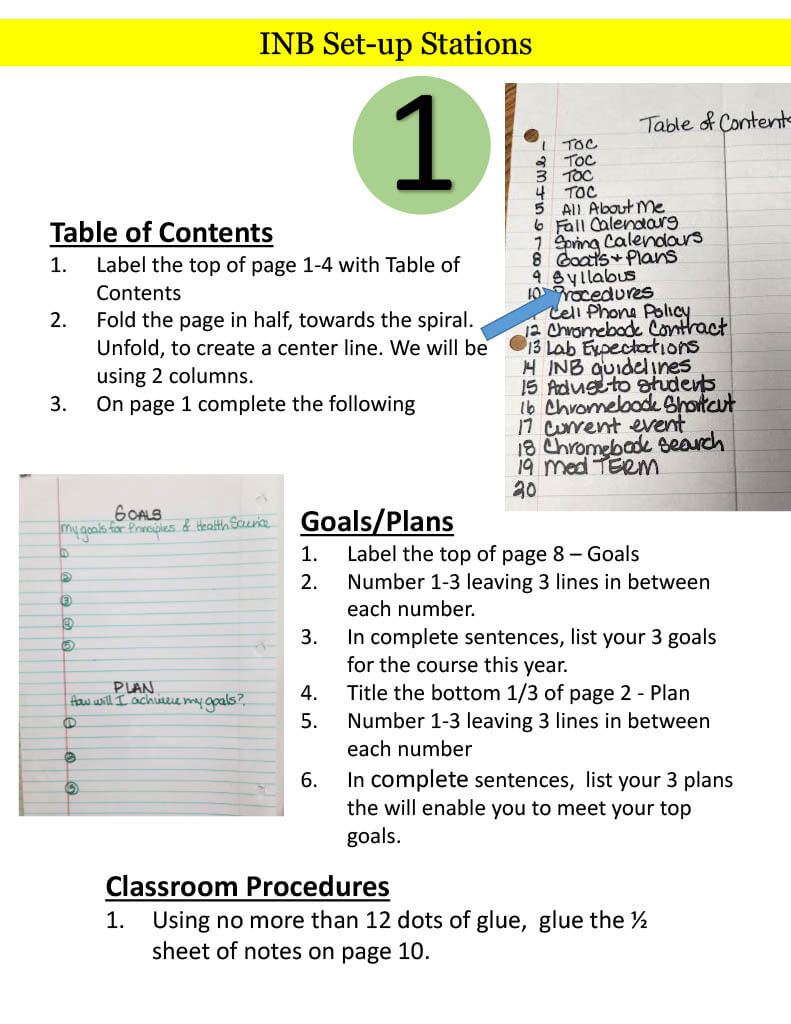
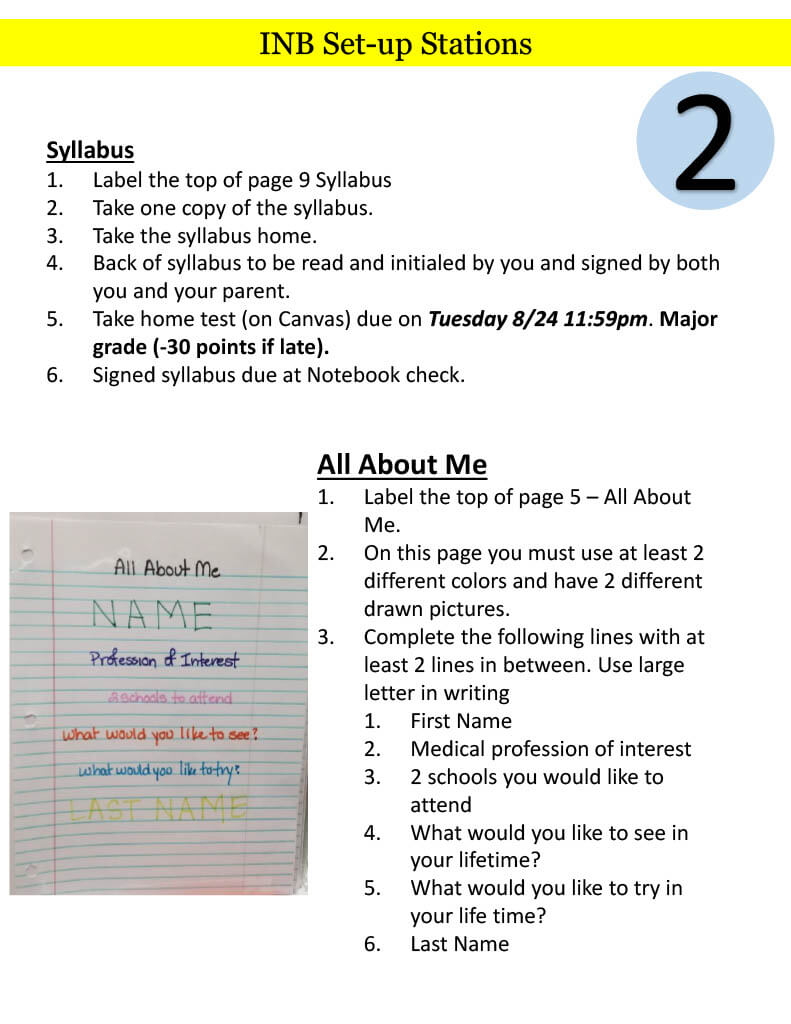
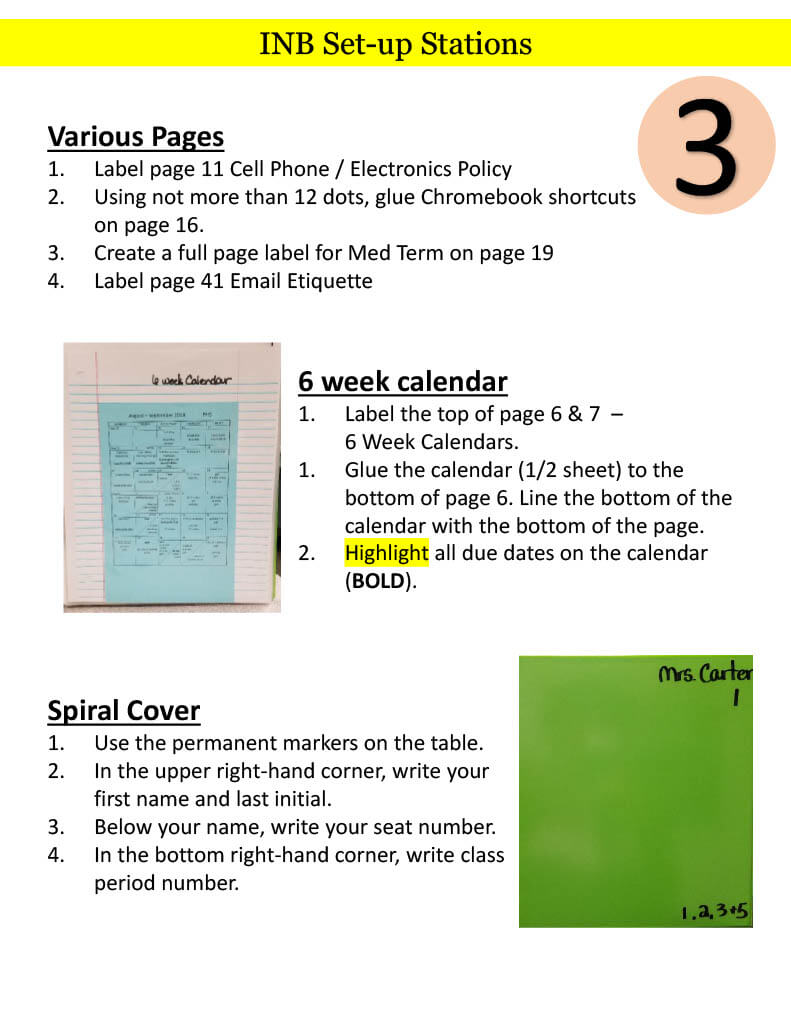
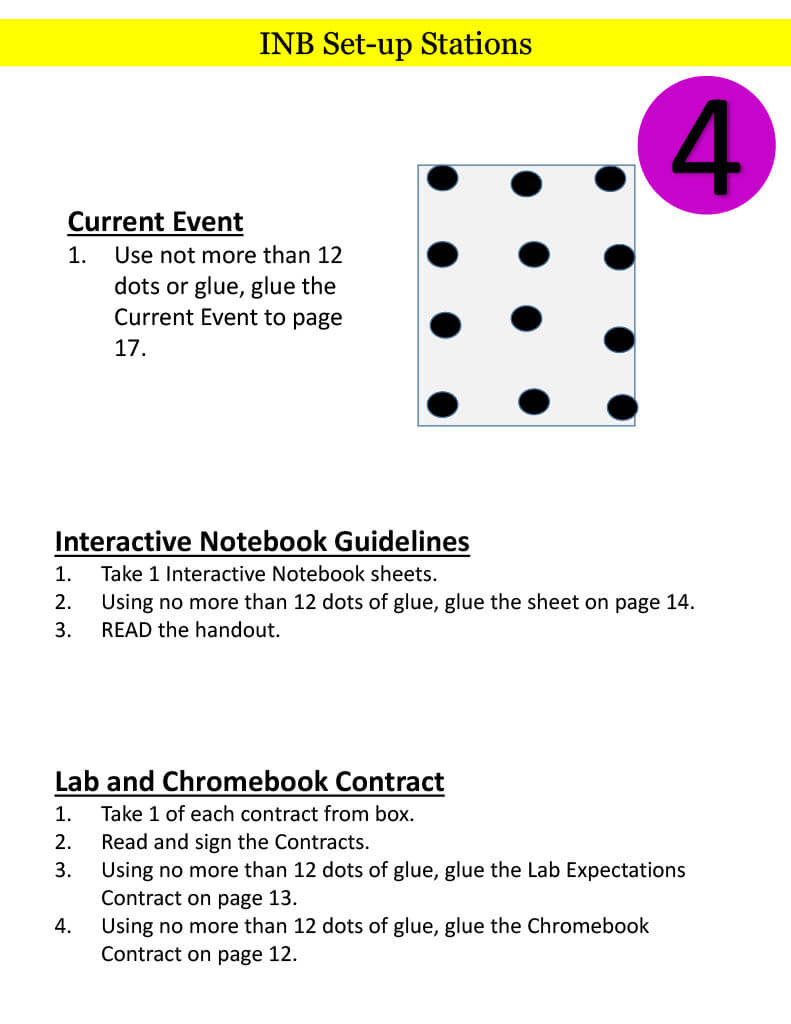
IF you found this article helpful, you may enjoy How to create seating arrangements in health science classrooms or Planning for the unexpected while teaching Health Science.
Check back regularly for more articles about creating successful stations for health science classes.
